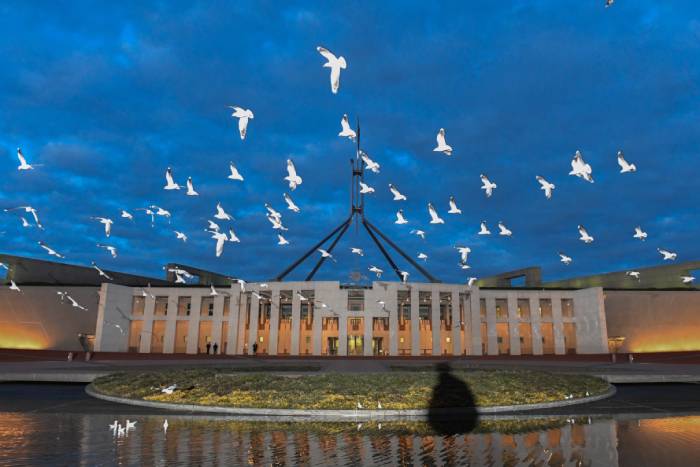Households spent more on essentials such as groceries and healthcare last month, with overall spending down in a sign of a still-cautious consumer.
The Australian Bureau of Statistics’ household spending indicator fell 0.1 per cent in September.
Less went towards new clothes and shoes, with the category down 1.8 per cent, reversing the same-size gain in August.
ABS head of business statistics Robert Ewing said the 0.6 per cent fall in transport spending was influenced by lower prices at the petrol pump as well as reduced spending on new cars.

“Rises in non-discretionary categories such as food and health, which rose by 0.5 per cent and 0.6 per cent respectively, partly offset these falls,” he said.
The indicator points to a subdued consumer despite tax cuts and cost-of-living relief supporting household incomes since July.
Commonwealth Bank economist Gareth Aird said the monthly household spending indicator painted an even more negative picture of the consumer response to the tax cuts than Thursday’s retail trade numbers.
“The various reads on consumer spending suggest a lacklustre consumption response from the household sector to the income boost from the tax cuts,” he said.
The household spending indicator covers more than double the categories of the retail trade survey, and most of the expenditure in the official national accounts.
“Indeed the data looks very weak over the last three months and surprisingly soft.”
Yet surveying of consumer confidence levels suggests some optimism is returning.
ANZ and Roy Morgan’s weekly measure has been gradually moving higher and respondents have been particularly upbeat about the future of their finances.
Consumer behaviour has come under scrutiny as a big boost in spending would be an unwelcome development in the inflation fight, were it to materialise.

The RBA board is broadly expected to leave interest rates on hold at its meeting next week despite headline inflation falling back within target.
Persistent underlying inflation and a strong labour market suggest the central bank will stay cautious and wait for more data before starting to cut rates.
The statistics bureau also released figures on input prices across different sectors on Friday.

Residential building construction prices rose 0.9 per cent over the quarter, with the bureau highlighting a still-tight labour market as a factor.
Childcare services prices rose 0.7 per cent in the quarter due to “annual fee increases from pass-through of increases in wages and operating costs including food, rent and consumables”.




















